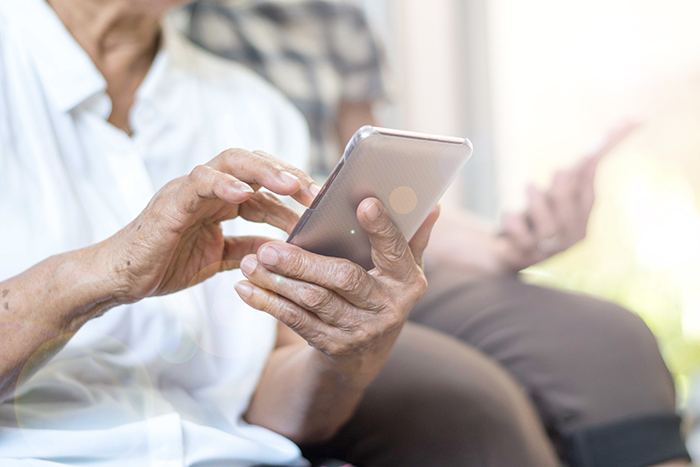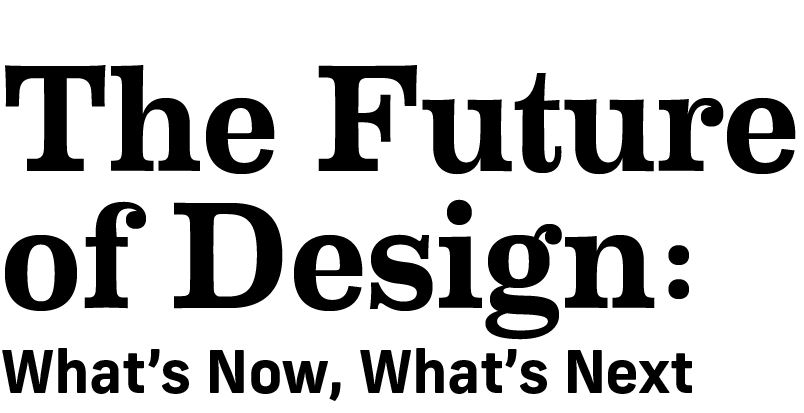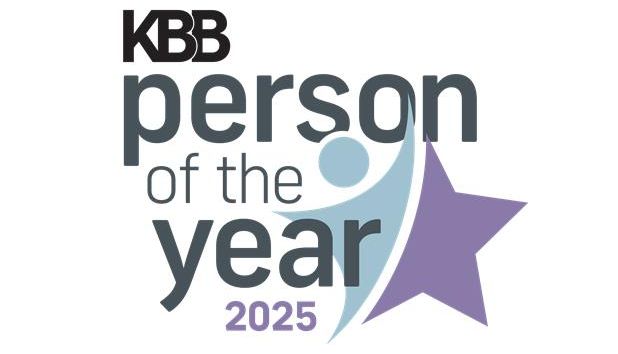Older adults – the population of 65 and older projected to reach 23.5% by 2060 – are looking to comfortably age in their own homes. Especially with multigenerational housing on the rise, and the pandemic having forced some families to isolate together, clients are starting to see the importance of having a home that accommodates everyone. The LivABLE Environment Conference, an entirely virtual show that took place April 28-30th, covered all of the different techniques, best practice methods and new ideas that play into universal design. KBB listened in to pick up on the main takeaways from the conference.

© By macrovector – stock.adobe.com
The Seven Principles of Universal Design: These long-standing features still apply to the ideal product, layout and home with living-in-place ideals and were underlying themes at the LivABLE Environment Conference.
- Equitable in Use: such as a 36-in. wide door, which is wide enough for a wheelchair but also wide enough to allow in extra light and ease of use
- Flexibility in Use: like an oven with a French door that can open from either direction
- Simple & Intuitive: This includes lights that are motion-enabled and do not require any outside exertion from the homeowner.
- Perceptible Information: Any words should be large and easy to read.
- Tolerance for Error: U-shaped handles on cabinets allow for people with dexterity issues to easily grab.
- Low Physical Effort: Lever handles are easier to turn than knobs.
- Size & Space for Approach and Use: A multi-level counter makes it easy to sit or stand, depending on the client’s needs at the time.
Roles of Technology for Living-in-Place: Technology was a big topic at the LivABLE Environment Conference, which emphasized how smart home products can increase safety and independence, while reducing social isolation. While many older adults are doubtful of their technological skills, studies show that they are interested in technology that encourages or enhances transportation, communication and entertainment.

© khunatorn – stock.adobe.com
Smart Home Devices for the Elderly: Once installed, smart home devices can make life easier for the oldest in the population while allowing them to continue living independently. Smart speakers allow for hands free communication, so a homeowner could easily order food, ask questions, call a family member and more. Smart outlets can be programmed to automatically turn lights on and off, making an otherwise challenging task easier for the those finding difficulty in grasping switches. The ideal smart home product should have large fonts, little to no glare, an obvious on/off mechanism, a good tolerance for error, excellent tech support and should be intuitive.
Air Quality is More than Cleanliness: With the rise of Covid-19, many homeowners sprang into action to create a cleaner home. Brands caught on quickly and started using words like “antimicrobial” and “clean” to describe their products. However there is much more to a clean home than using disinfectants continuously or buying materials that claim to inhibit bacterial growth, as discussed by talks at the LivABLE Environment Conference. Volatile organic compounds (VOCs) are the largest contributor to poor indoor air quality in a home. Designers should look for eco-friendly products that have minimal off-gassing and should encourage excellent ventilation throughout the home. If you are installing a gas appliance, stress always using the ventilation fan while cooking and to cook at a lower heat, as the high heat can release more VOCs from surrounding materials. Also consider giving your client a parting gift of healthy, natural cleaning supplies that get the job done without impairing their indoor air.

© New Africa – stock.adobe.com
Feeling Good Indoors: Think about how warm or cold a client will feel in their home and what their preference is in each room. Choosing materials that can encourage thermal heat in a bathroom or a soft cool in a busy kitchen can help make them feel more comfortable as they go about their day.
Finding Beauty: Good living-in-place or universal design is inherently good design. A home that feels welcoming to all, is comfortable for everyone and encourages healthy habits is a well-designed, living-in-place home. A design that appeals to the client’s senses visually should not be undervalued. Beauty and personality in one’s home positively affects mood and ultimately can help a homeowner live a healthier and happier life.









